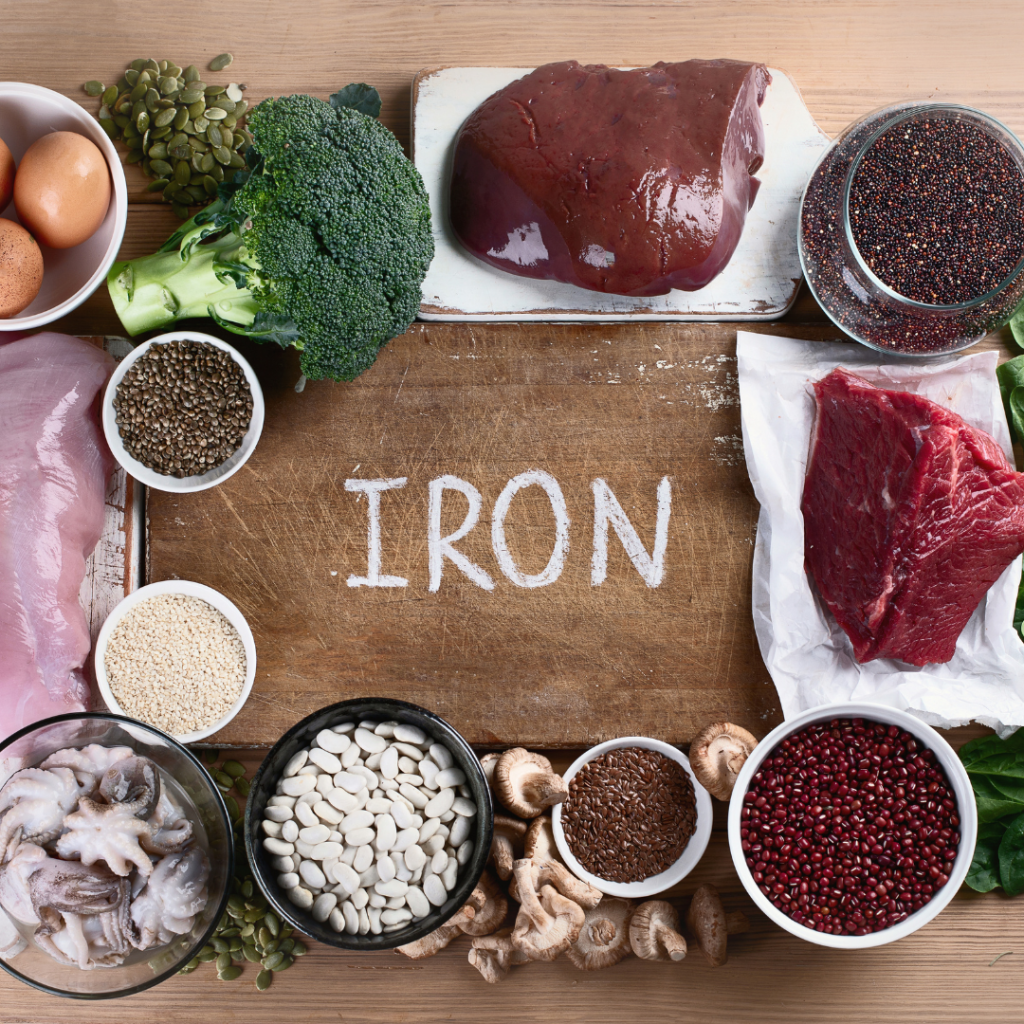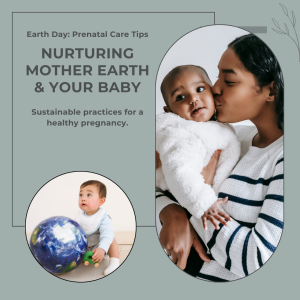Most people who have regular menstrual cycles need to be aware of their iron levels. This becomes especially important if there is a planned pregnancy, during perimenopause if periods become very heavy, or if there are upcoming surgeries or other causes of blood loss. Checking hemoglobin levels isn’t enough; according to the World Health Organization, “In industrial countries…an absence of iron stores or subnormal serum ferritin values is found in 20-30% of women of fertile age. In adolescent girls, the prevalence is even higher.”
Iron is needed for red blood cells to carry oxygen on a molecule called hemoglobin. A healthy hemoglobin level (12-20 grams per 100 mL of blood) is necessary for cellular functions that need oxygen. When blood loss occurs or red blood cells age out, ferritin (the stored version of iron) reserves are necessary to rebuild hemoglobin. This is a slow process, requiring about six months, which is especially important to consider during family planning. Maternal blood volume increases by about 45% above non-pregnant values. Primary anemia or low ferritin reserves may result in reduced energy, muscle strain, and other metabolic symptoms, as well as significant concerns regarding hemorrhage during birth. The health of the baby may be affected too, as low iron may lead to reduced cognitive development.
As a functional nutritional therapist, I am often asked how to help with symptoms of anemia or low hemoglobin levels. My advice is to eat more liver, which is often followed by a bad look on my client’s face. In the Standard American Diet, few have exposure to organ meats; how to prepare them or any appreciation for the flavor, texture, or qualities. While there are desiccated options for adding organ meats as a supplement, the plain truth is that the BEST way to absorb nutrients is through whole food and good digestion. The more the “shortcuts” the less likely the benefits will actually be absorbed and utilized by our bodies.
What about vegetarians or those who cannot tolerate animal food sources? I don’t ever dictate or recommend going against people’s spiritual or palate-driven preferences. However, making sure all meals are of the highest quality becomes necessary when nutrient-dense food sources such as organ meats are literally off the table. This is especially true in the case of iron and the co-factor of vitamin B12 because animal sources provide both nutrients in the best balance and matrix for absorption. To get the same level of nutrients takes a lot of healthy greens, legumes, and whole grains; it is possible, but dietary vigilance and supplementation may be needed to avoid deficiencies and the serious risks associated with depletion of ferritin levels.
To find out more, please see Augustine Colebrook’s free Iron Deficiency Symptom Checker or schedule an in-person Functional Nutritional appointment by emailing Sandy@OnThePathYoga.com.
For more information on eco-friendly prenatal care, visit our blog post: Mother Earth Meets Mother-to-Be: A Guide to Eco-Friendly Prenatal Care.

